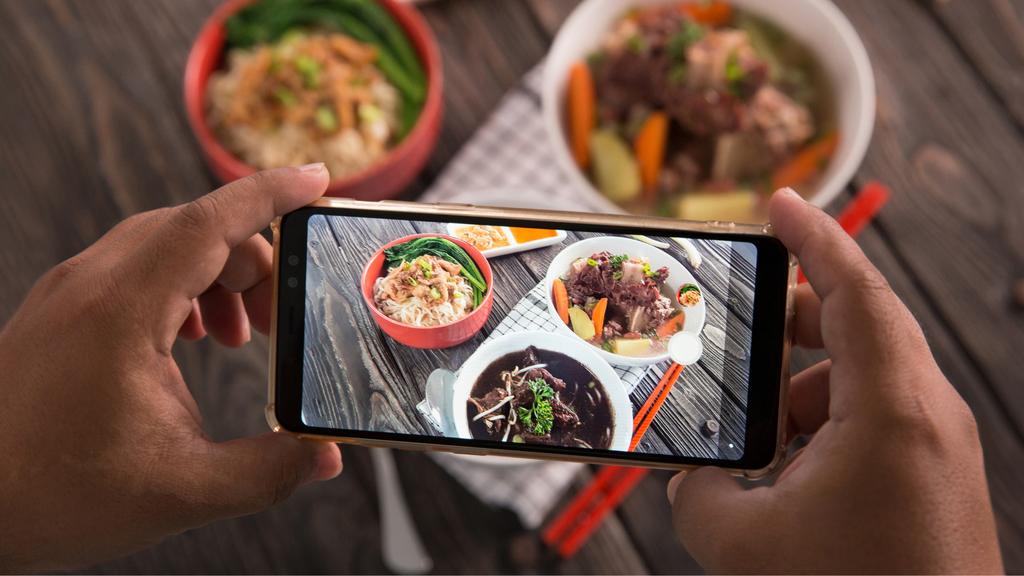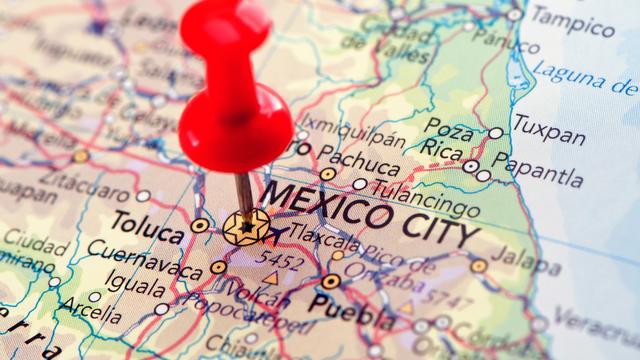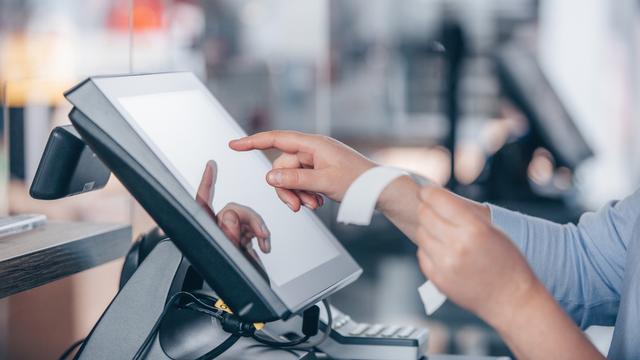Since the invention of marketing, companies have used famous people to gain more clients based on their influence over the masses. Nowadays, people don't need to achieve worldwide recognition to become important members of their communities - influencers. Instead, with just a few thousand social media followers, they have the power to be heard and influence others to consume specific products. Wouldn't it be nice to have some of them endorse your restaurant? In this article, I'll tell you all about influencer marketing and how you can use it to attract more customers within a specific segment. Additionally, I'll share some of my experiences with influencer marketing and how it can impact your business and help it grow. Let's get started!
Understanding Influencer Marketing
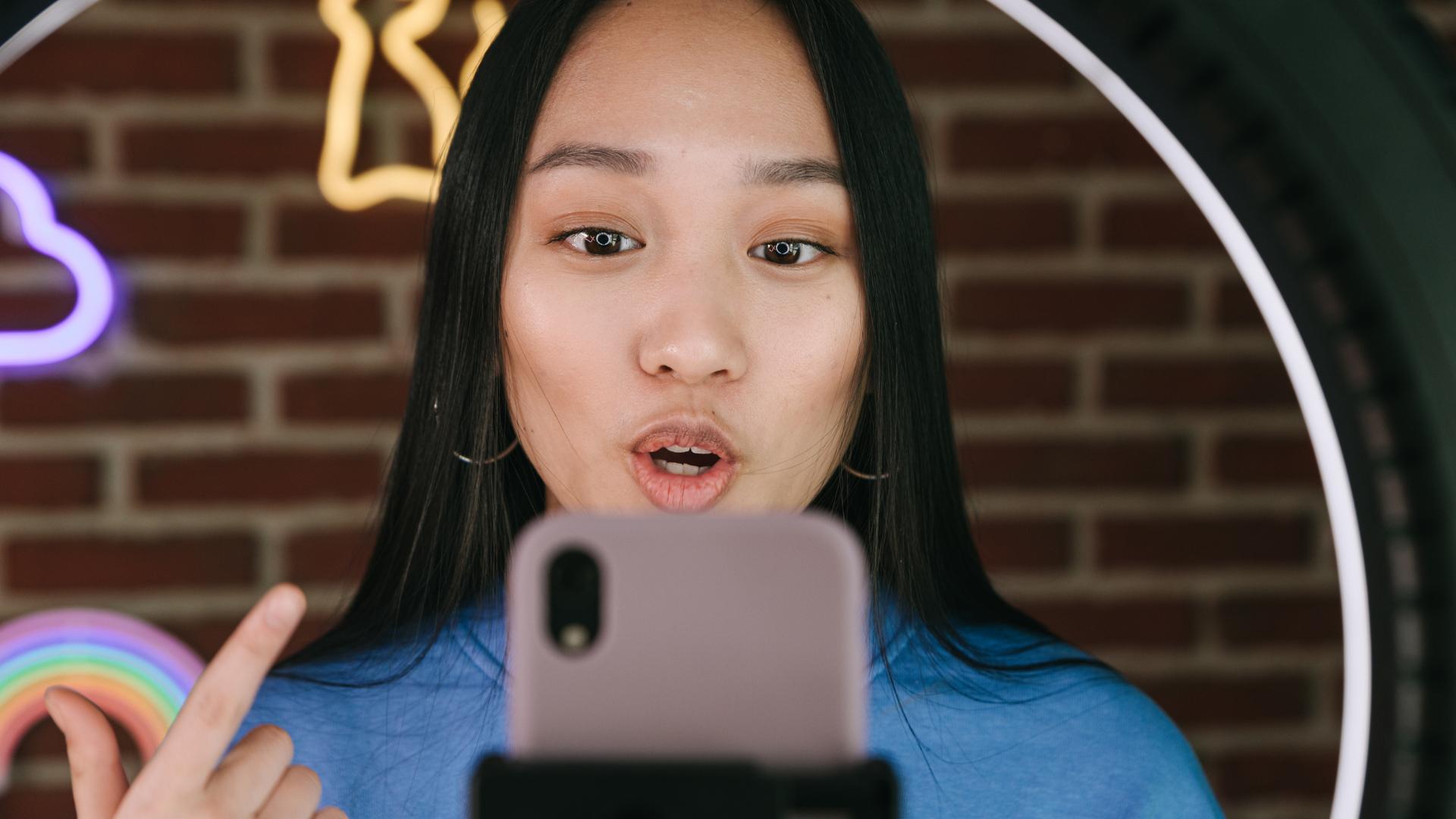
Basically, you take advantage of someone else's leverage within a specific niche to gain more customers for your business – although you can have other goals. This can happen organically if an influencer with a considerable following uses your products or services publicly. However, it can also be done by reaching out to specific influencers and offering them something in return so they interact in some way and publicly with your business. A simple example would be paying someone with five thousand followers on Instagram to take pictures at your restaurant, post them, and mention that they loved the food. Of course, this is effective because the person has valuable followers who trust their opinion. For restaurants, influencers are sort of the evolution of food critics. Still, there are a few things you must consider to create an effective influencer marketing campaign.
Steps to Collaborate With Influencers Properly
To take advantage of influencers, you need to follow a few steps to avoid some of the challenges of this type of marketing.
- Relevancy is vital. If you aim to collaborate with online influencers, you must know that the internet and social media are both divided into specific niches. That’s why you can’t just collaborate with any influencer that crosses your path.
- You must define your goals. Even if you pick the right influencers, you must still figure out what you want to achieve. You can grow your social media, gain potential clients, gain direct clients, and more, which leads us to the next challenge.
- Defining the method you’ll use to deliver the message. The issue here is the infinite possibilities when it comes to content creation. You must find the right type of content to achieve the right results.
- Measuring the results. Since you’re collaborating with someone else, measuring the results without having direct access to their data can be difficult.
There are some other challenges you must take care of after the collaboration, but we’ll go deeper into each below.
1. Identifying the Right Influencers
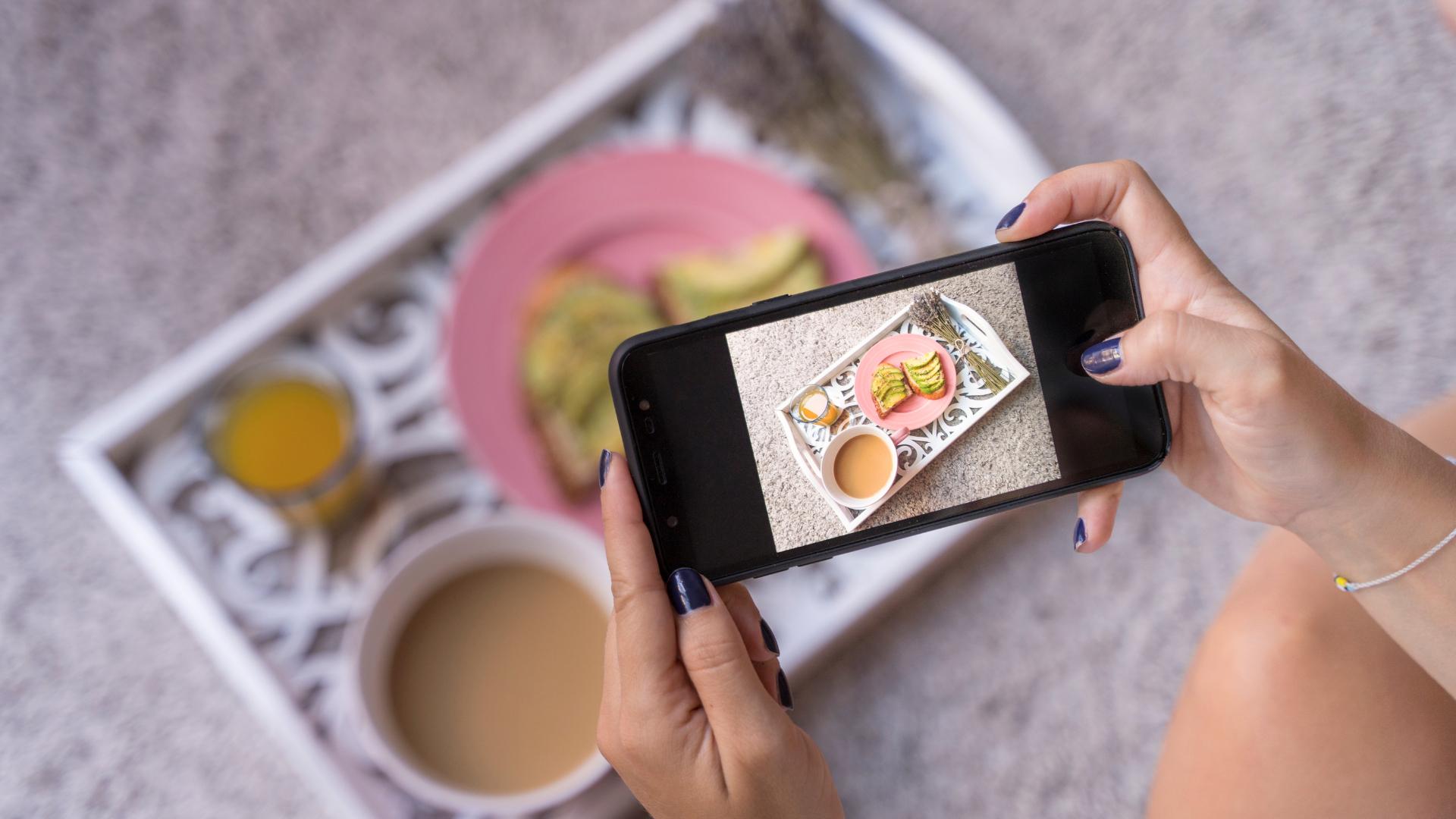
Before you can identify the best influencers to collaborate with, you must define your target audience and goals. To do so, ask yourself the following questions:
- What are your goals with influencer marketing? It can be anything, from gaining more clients to gaining more followers to kickstart your social media pages.
- What audiences are relevant or worth reaching? Consider your current audience and information about your restaurant, such as its theme and concept, location, and more.
- Which local influencers have a following that matches that audience? Make sure to pick several potential influencers using that requirement first.
- Which influencers have the best reach? To answer this, consider the social media you already have. It’s usually best to stick to influencers who have a presence on the same social media as your business.
- Which of the influencers you picked have a format that matches your goals? Some influencers might fit the audience but not the content to deliver the message properly to help you reach your goals.
Take as long as you need to answer all of these questions, establish your goals, and create a high-quality list of influencers you can later reach out to.
2. Building Relationships With Influencers

Now, you must approach influencers professionally and authentically through their social media or more direct contact methods such as emails. It’s a good idea to first familiarize yourself with their content, their public personalities, and their different platforms. You should also consider interacting with them on social media and publicly before reaching out. This is a good way of generating first impressions in a public setting. Additionally, by reading their responses, you can gauge if it’s a good idea to collaborate with them and how open they’d be to do so. Comment on their posts, follow them, repost their content, and more. You should also consider nurturing long-term relationships with them. That way, when you feel it’s appropriate, you can professionally reach them and ask if they’d be interested in working with you. You can also send them a proposal mentioning a mutually beneficial partnership. Make sure to hear what they have to say, what their goals are, and more so you can further study if collaboration is possible.
3. Collaborating With Influencers
Once you’ve reached out to them, it’s time to collaborate. If you take the first step properly, you’ll be ready to suggest different types of collaborations. They can be sponsored posts, honest reviews, and they can be in different formats such as long or short-form videos, Instagram posts, reels, stories, and much more.
By determining the type of collaboration, you’ll also be able to set clear expectations and deliverables. The influencer must be open to sharing their data, as well, as this will be important to measure the success of the collaboration later on. As a recommendation, you should ask them to be as honest and authentic as possible. You don’t want to force them to give your restaurant good reviews – their followers will see through it right away or not believe their account!
4. Leveraging Social Media Platforms

After you collaborate with influencers, you still have work to do. Depending on the type of collaboration, you can address it directly on your social media. For example, you can create posts to reply to theirs and take the conversation a little further – of course, you must agree to do so before. You should also optimize your content creation by tagging them, using the right hashtags, geotags, and keywords to make sure their audience finds you as well. Finally, you must make sure you’re reaching the same audience on different platforms, especially if you have pages on the same platforms the influencers use.
5. Measuring the Success of Influencer Marketing
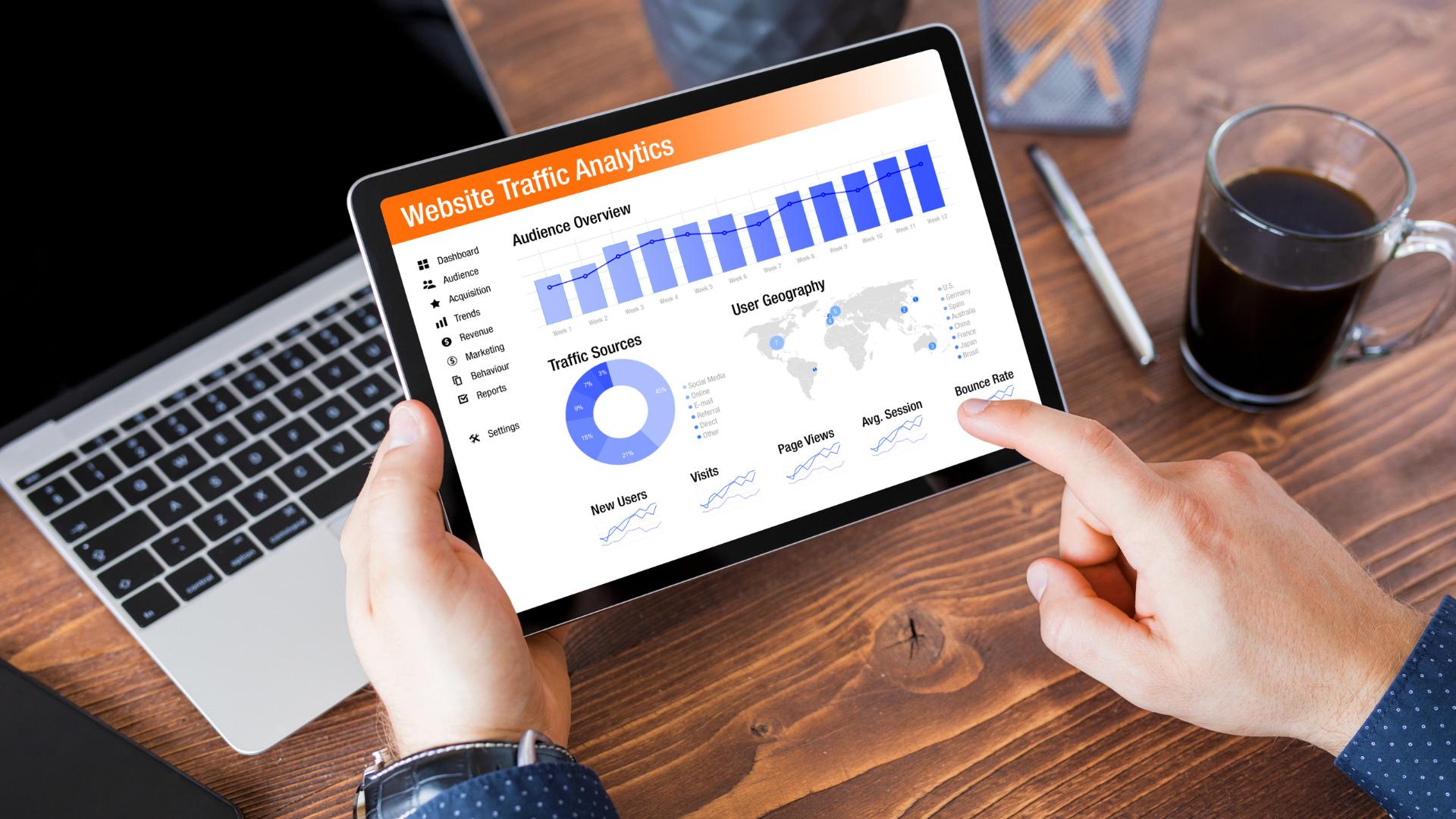
Measuring the success of these types of campaigns can be challenging. Here are some key considerations for effectively measuring success:
- Identify the appropriate metrics. Reach, engagement, click-through rates, conversions, and return on investment (ROI) are all important metrics to consider when measuring the success of influencer marketing.
- Track traffic sources. This will allow you to track the number of clicks generated directly from the influencer's content. For example, let’s say the influencer is linking to your website. You can track the amount of traffic coming from a specific source, compare it to the traffic before the collaboration, and also track the percentage of conversions if you have an online ordering system. Some social media can also give you insights into traffic sources.
- Leverage social listening tools. This will help you monitor brand mentions, sentiment analysis, and customer feedback before, during, and after the influencer campaign.
- Monitor social media engagement. Likes, comments, and shares can indicate the campaign's reach and resonance with your target audience. This is where you’ll need access to the influencer’s data.
- Gather qualitative feedback. Engaging with your audience through surveys, polls, or direct messages can provide valuable insights into their perception of the campaign and their purchasing behavior.
Note: If you want a simple website for your restaurant that’s equipped with an online ordering system that’s affordable and low maintenance, check out Waiterio’s automated website builder.
By following these key considerations, you can effectively measure the success of your influencer marketing campaigns and optimize your strategies for future success. It’s also good for you to keep the relationship amicable after the campaign, especially if you’ll consider collaborating again in the future with the same influencers.
6. Managing Challenges and Risks

One of the biggest challenges of influencer marketing is that you don’t control anything the influencer does before or after collaborating. That means they can get into trouble, or trouble in their past might surface, which means you’ll be associated with them. For example, let’s say you collaborate with an influencer who is known for their healthy eating habits. However, a few weeks later, the influencer is caught on camera eating a Big Mac. This could damage your brand’s reputation, as people might start to think that your restaurant is not as healthy as you claim.
In an era where data is widely available, you need to get as much information about who you collaborate with to avoid such issues. This means looking into their social media history, their past collaborations, and even their personal life. You can also use tools like Google Alerts to track their mentions in the media. And if issues come to arise after the campaign, you must always be observant of how people within your audience react and address the issue directly if necessary. For example, if an influencer makes a controversial statement, you should be prepared to issue a statement distancing yourself from their views.
The Legal Aspect of Influencer Marketing
Another thing to keep in mind is that you should always use legal resources – i.e., legal counsel – to handle relationships with influencers. It’s just an extra layer of protection against possible issues. Everything should be stipulated in a contract that’s signed by both parties. That way, you can protect yourself against legal problems or enforce clauses upon influencers if they refuse to comply with their end of the deal. Here are some specific things you should include in your contract:
- The terms of the collaboration, such as the length of the campaign, the deliverables, and the compensation.
- The rights that you are granting to the influencer, such as the right to use your brand name and logo.
- The responsibilities of the influencer, such as the content that they will create and the platforms that they will promote your brand on.
- The terms of termination, such as what happens if either party breaches the contract.
By taking these precautions, you can help to mitigate the risks associated with influencer marketing and ensure that your brand is protected. Of course, make sure the stipulations of the contract are reasonable. Otherwise, you might find it difficult to convince influencers to collaborate with your restaurant.
7. Maximizing the Impact of Influencer Marketing

Once you’ve taken full advantage of a few campaigns, you can still create more and improve upon them from your own experience. The best part about strategies like this is that there are thousands of possible use cases for influencer marketing because of the creative nature of content creation. Here are some ideas you can use to further optimize and improve the results of your influencer marketing strategies:
- Include more influencers in the deal. Bringing more relevant influencers that trust your brand has a bigger impact on their audiences, especially if they aren’t mutually exclusive. For example, if you have a healthy restaurant, you can bring on board several fitness influencers from different subcategories inside the fitness niche. Nutritionists, famous trainers, local athletes, and more can help your restaurant grow within that niche.
- Make it bigger and better. Instead of simple social media posts, create events, signings, webinars, seminars, courses, and much more. This is perfect for helping you achieve community-building goals that will benefit your restaurant.
- Support others within the community. Once you’re fully endorsed or supported by several influencers and their followers, you can start giving back. You can even go as far as to create non-profit organizations to gather money to help, for example, local sports leagues or fund charitable causes.
There are several other strategies you can create around influencer marketing. You can simply keep on collaborating with the same influencers until their brand and yours are almost indistinguishable – that’s when you can suggest associating with them. Full-fledged franchises can arise from this, which says a lot about the potential of this seemingly simple strategy.
My Experience With Influencer Marketing
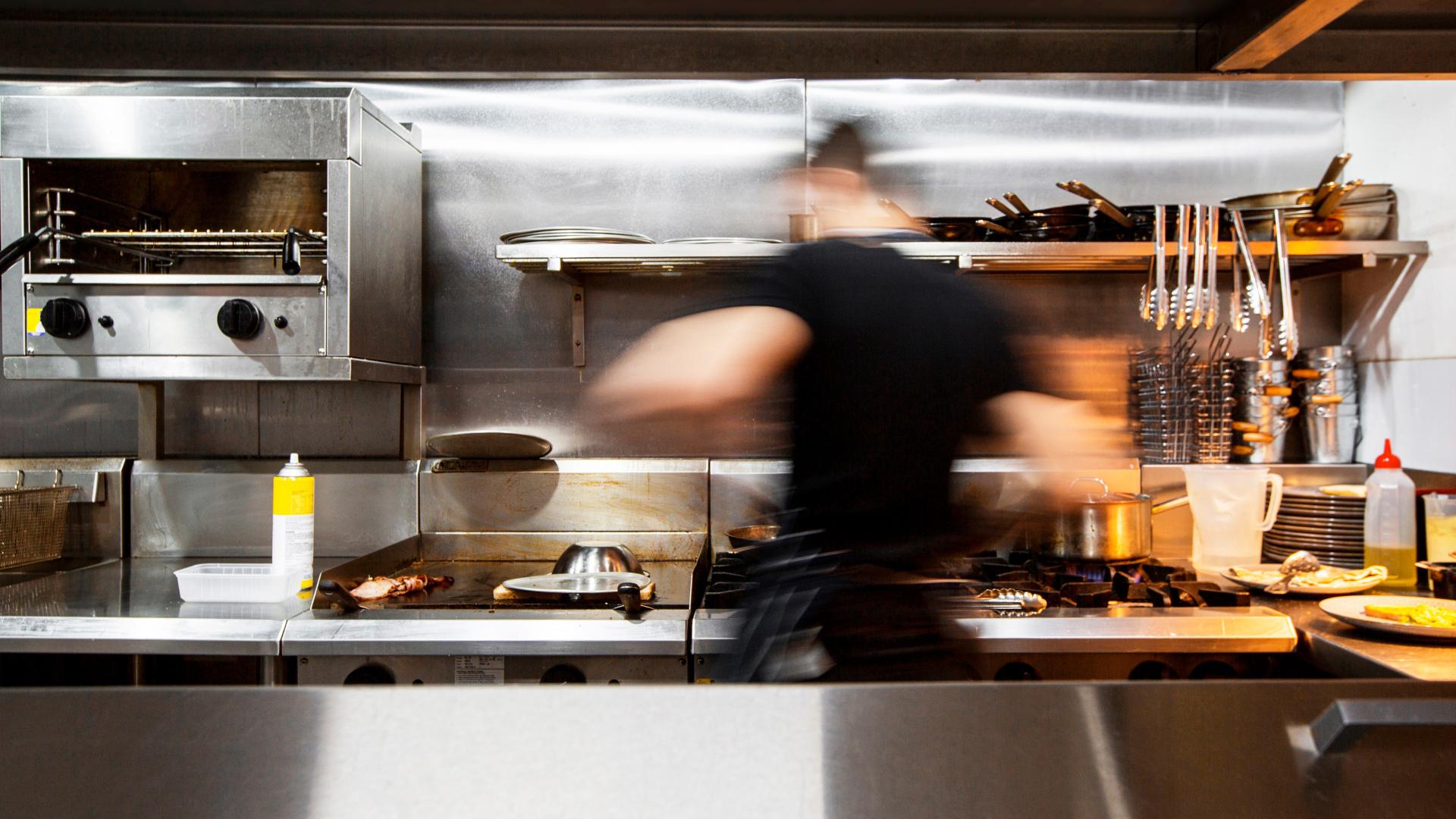
I experienced influencer marketing from inside a restaurant’s kitchen. A few years back, I worked in a small, family-owned restaurant that came about because one of the sons of the family became a widely renowned YouTuber in my country – Yolo, from Yolo Adventures. He’s big enough today to have come into contact with Mr. Beast himself! Of course, before all of this, he was a local YouTuber. He had the idea of creating a fast-food restaurant based on his YouTube persona. Once the restaurant was finished, he brought me as a consultant and as an executive chef to create the dishes, and later as a head chef to show him the ropes of the restaurant business. Once we got started, we hadn’t seen a lot of success – marketing wasn’t one of my strengths back then, so he and his family were managing everything on their own. Then, he had the genius idea of creating a group of influencers from our country to come to the restaurant for a big meet-and-greet event. It was a massive success! A lot of people came to the restaurant, mostly kids and their families, which was his main audience on YouTube. It was amazing to see very long lines of people trying to meet their favorite YouTubers and, of course, buy dinner. It was all great until we realized we weren’t prepared for the traffic, and we ran out of food before 7 p.m. In retrospect, it was a bit of a failure because we weren’t prepared, and it could have been much better in terms of sales that day. However, after that, the restaurant was full every day until they closed it – they moved to another country after that. That’s exactly why I came up with these tips, so you can take full advantage of influencer marketing without the risks. And, of course, be prepared for it to be successful by handling your inventory well!
Authenticity Is Key to a Good Influencer Marketing Strategy
When done well, influencer marketing doesn’t seem like you paid for it – that’s when you can fully appreciate the benefits of this type of strategy. Of course, if you want to try out this strategy with your restaurant, you can get started by collaborating with just one influencer. After that, you can safely explore the different options I mentioned above. Are you ready to try it out? Best of luck!
